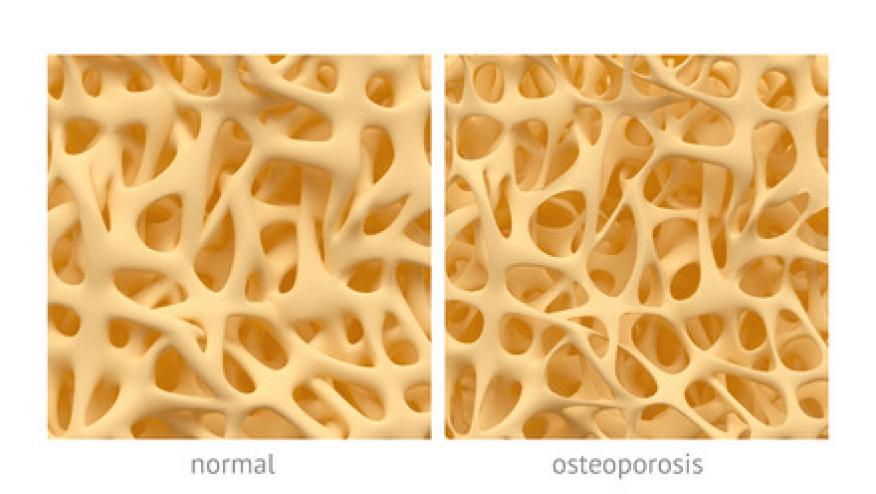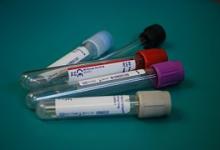Osteoporosis in Older Men Save

JAMA has publish an invited commentary on Screening for Osteoporosis (OP) in Older Men. They point out that a simple screening strategy for older men based on previous fracture history and bone density screening at age 70 or 75 years is a reasonable means of screening for OP in older men.
Highlights from this review include:
- Prevalence of osteoporosis in men older than 65 years is about 4-fold lower than in women (6% vs 27%), but fractures in older men are associated with greater morbidity and mortality (the excess mortality following a hip fracture is 70% higher in men compared to women)
- Risk factors for fracture in men largely overlap those for women
- increases the risk of falls (advanced age, sarcopenia, neuromuscular dysfunction)
- affects bone mass (weight loss, kidney disease, inflammatory conditions, and corticosteroid use)
- History of fracture substantially increases the risk of future fracture
- Most large randomized trials demonstrating the effectiveness of osteoporosis screening programs in women did not include men
- Some trials have shown anti-resorptive medications reduce spine and nonspine fracture in older men with osteoporosis
- Screening for osteoporosis in men is considered cost-effective
- Not all evidence-based guidelines recommend screening for osteoporosis in older men (USPSTF says there is insufficient evidence to recommend screening in men)
An article by Colón-Emeric et al on osteoporosis risk assessment and treatment program in men shows that a centralized nurse-led intervention assessed traditional osteoporosis risk factors, offered bone density testing, and recommended treatment for eligible men. While half of those screened had low bone mass and treatment was offered when the 10-year risk of hip or major osteoporotic fracture exceeded 3% or 20%. The nurse lead group showed high medication compliance and after 2 years the intervention group had slightly higher hip bone mass (but insufficient number of fractures prevented meaningful between group comparison).
Despite existing uncertainties regarding the optimal age, preferred screening method or optimal treatment; there is high quality evidence that nurse-led screening programs can effectively assess risk factors and bone mass to increase detection of osteoporosis in men.











If you are a health practitioner, you may Login/Register to comment.
Due to the nature of these comment forums, only health practitioners are allowed to comment at this time.